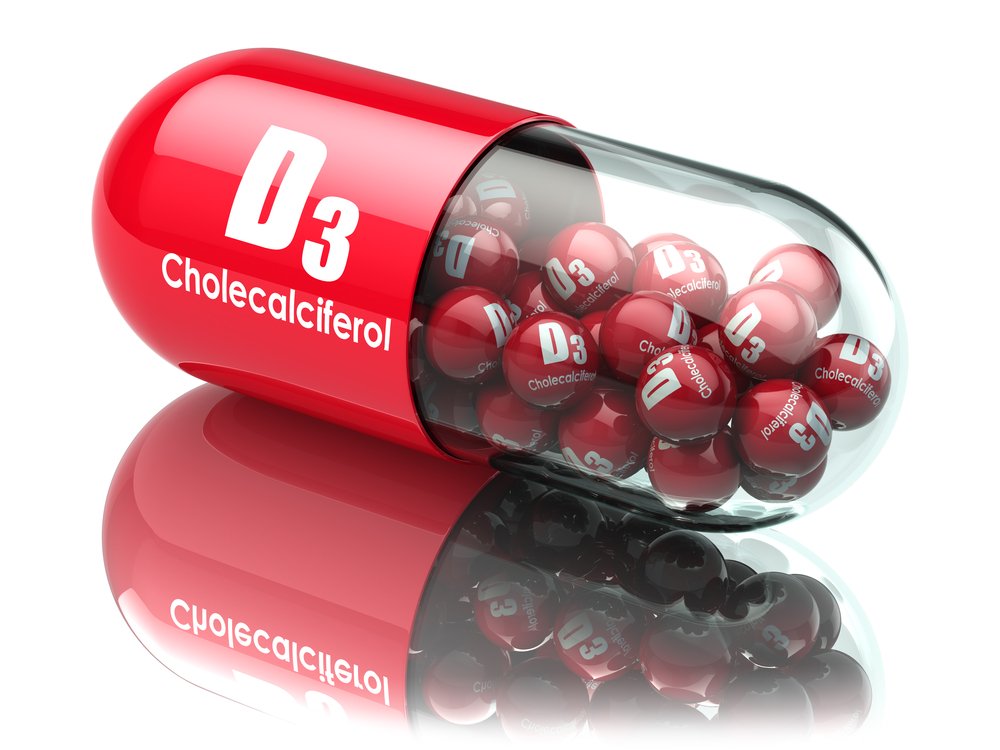Inside BENEO’s new pulse plant: pioneering sustainable protein from faba beans
It is scientifically recognised that D3 is a prohormone rather than a simple vitamin
There is a missing link in preventive action towards the current pandemics. It is related to the role of cholecalciferol – usually named D3 Vitamin, or 25-hydroxyvitamin D (25[OH]D) -in the prevention of several diseases, including those listed as auto-immune, neurodegeneratives, and viral ones.
In fact, it is scientifically recognised that D3 is a prohormone rather than a simple vitamin. It is a substance that the organism converts to a hormone (Endocrine Society, 2020).
Almost ten years ago, Beard et al. (2011: 194) concluded that D3 Vitamin “[i]nterventional and observational epidemiological studies provide evidence that vitamin D deficiency may confer increased risk of influenza and respiratory tract infection.
Hathcock et al. (2007) state that the body can handle dosages up to 10,000 UI (25micrograms) per day for several months. Recently this dosage is considered basic – as the physiological one that is naturally produced through body sun exposure (with arms and legs uncovered and with no sunscreen) during 10-15 minutes, from 10 a.m. to 4 p.m.
Defficiency of Vitamin D is a widespread problem, well documented in academic literature, in general adult population (Cipriani et al., 2011). Such defficiency is associated with an enhanced risk of chronic disease and cancer. “[C]urrent guidelines recommend a daily intake of at least 1000 IU of vitamin D” (Cipriani et al., 2011: 4772). In their research, Cipriani et al. (2011: 4775) “evaluated the effect of a single very large oral dose of cholecalciferol (600,000 IU) on serum levels of 25(OH)D and other calciotropic hormones in young subjects with vitamin D deficiency”. The study included 48 patients (men and women), and the findings showed that “an oral dose of 600,000 IU of cholecalciferol is able to rapidly increase serum 25(OH)D levels in patients with severe vitamin D depletion” (Cipriani et al., 2011: 4775).
More recently, Grant et al. (2020) reviewed the role of cholecalciferol in the prevention of viral diseases, including COVID-19. They stressed the mechanisms through which D3 Vitamin can reduce the risks of infecctions. “Evidence supporting the role of vitamin D in reducing risk of COVID-19 includes that the outbreak occurred in winter, a time when 25-hydroxyvitamin D (25[OH]D) concentrations are lowest; that the number of cases in the Southern Hemisphere near the end of summer are low; that vitamin D deficiency has been found to contribute to acute respiratory distress syndrome; and that case-fatality rates increase with age and with chronic disease comorbidity, both of which are associated with lower 25(OH)D concentration. To reduce the risk of infection, it is recommended that people at risk of influenza and/or COVID-19 consider taking 10,000 IU/d of vitamin D3 for a few weeks to rapidly raise 25(OH)D concentrations, followed by 5000 IU/d” (Grant et al., 2020:1).
Dr Cláudia Viviane Viegas, a freelance scientist at Kolabtree

